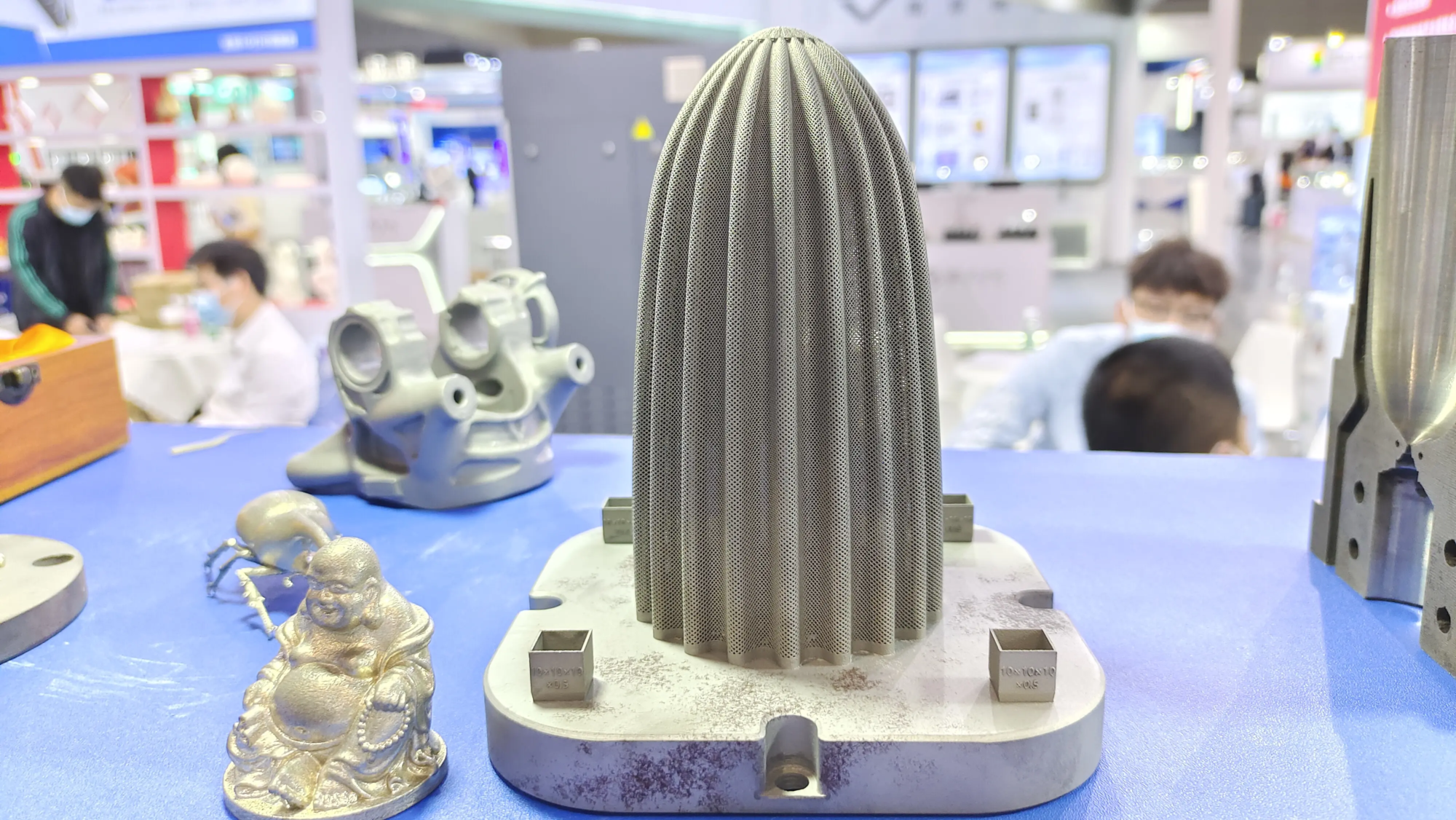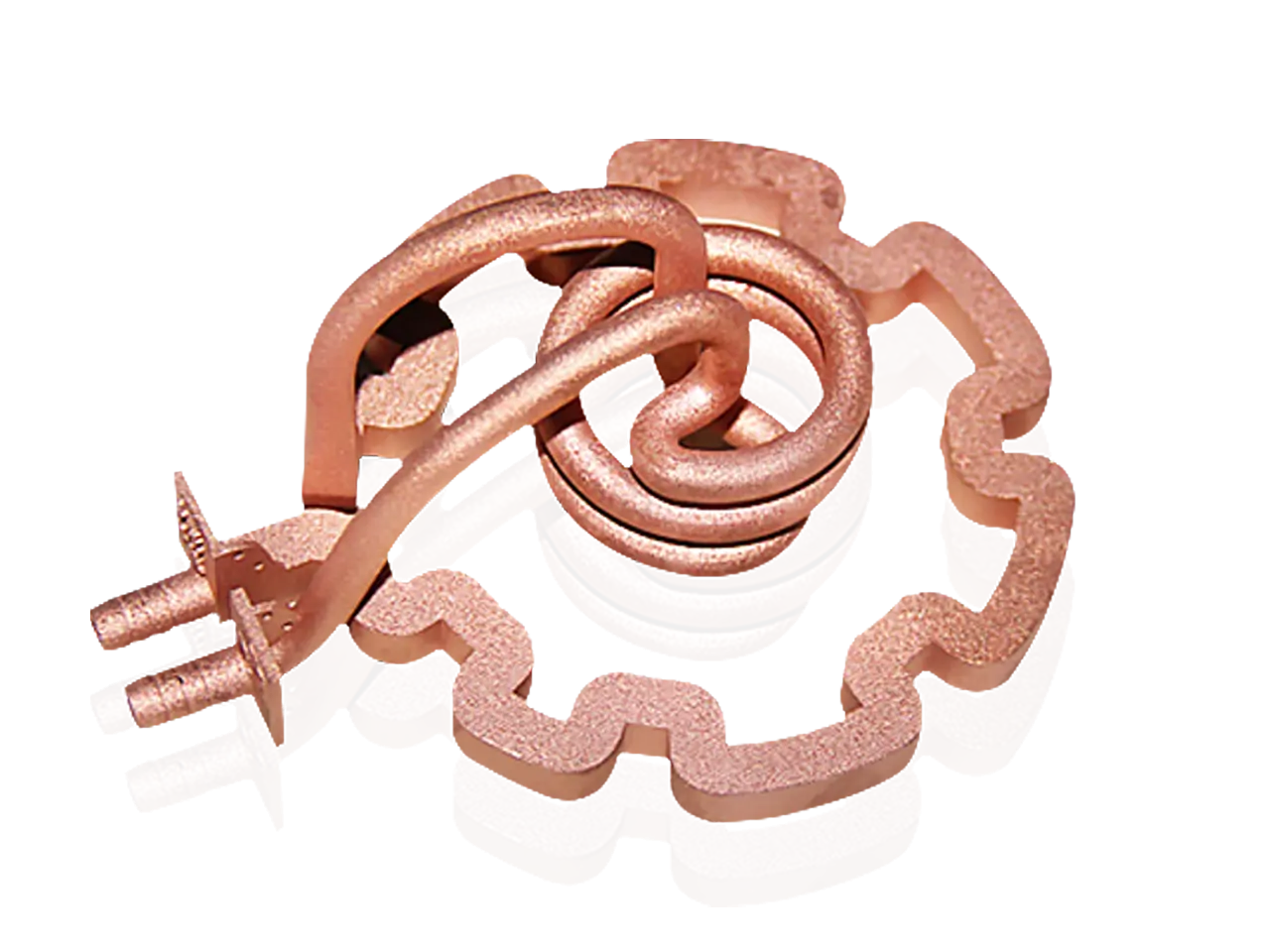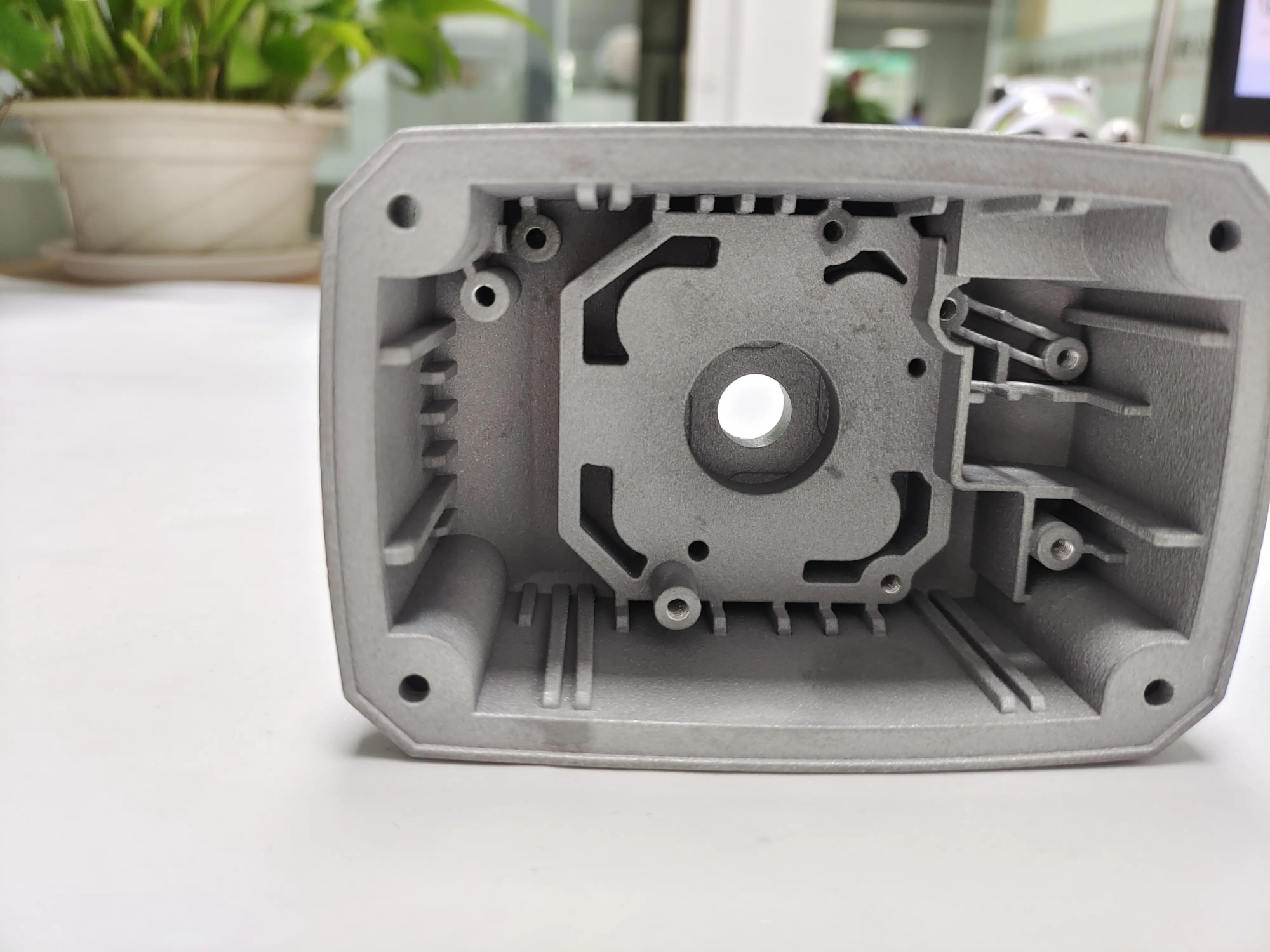June 17, 2025.
Volly neck in the 3D printing organs: Vascularization
With the continuous advancement of tissue engineering and 3D printing technology, scientists are now able to use living cells to “print” biological tissues with certain structures and functions. This progress made people of the future wait to “make human organs on demand”. Public data show that around 300,000 people in my country await organ transplants each year, and only around 20,000 people can really wait for correspondence and finish transplant surgery.
Consequently, people hope that this technology can ultimately solve the problem of insufficient organ donation. However, the “activity” of the tissues must rely on a complex vascular system to continuously supply oxygen and nutrients. Currently, the biopntacorn structures are mainly small fabrics, and they survive by passive diffusion of the surrounding environment, which makes it difficult to develop to applications at the level of the organ.
The reason is that the construction of a vascular network with a hierarchical structure, reasonable branches and effective infusion is always an enormous engineering challenge.
To resolve the efficiency and adaptability of vascular modeling, the research team of the University of Stanford has built a brand newThe automatic generation algorithm platform for the vascular networkCapable of quickly designing complex vascular networks adapted to different types of fabrics. They underlined in the article: “Our current capacity to build biabagram organs on a human scale is seriously limited by the effectiveness of vascularization. The platform that we have developed, with the capacities of rapid expansion, multi-structure compatibility and physical infusion modeling, is the key to large-scale production.”
In simple terms, the system divides the process of building “the vascular tree” into 4 key stages: by freeze the structure which has not changed, only the newly added parts are calculated, considerably improving computer efficiency; At the same time, complex organs are divided into small modules that are easy to treat and adapt to different forms; Automatic avoidance in the path planning to prevent the cross -conflicts of the blood vessels; And ensure that the entire network forms a closed loop, simulates the real circulatory system and performs the effective blood flow in the structure.
Compared to traditional methods, the platform maintains the accuracy of modeling and increases the speed by 230 times. It can accomplish the previous task of modeling in several days in a few minutes and has been adapted to more than 200 natural engineering and organizational structures.
From model to real: printing verification and cellular viability
The research team also applied this system to real printing tests. Using their modeling results, they created a 1 cm ring structure made up of 25 blood vessels and printed blood vessel channels through cold gelatin particles, heated to 37 ° C to melt gelatin, leaving a hollow channel of 1 mm to simulate blood containers.
During the experience, the researchers pumped oxygen and nutrients in these infusion channels. Compared to the control group without vascular support, the number of living cells in the structure has increased by around 400 times seven days later, completely checking the real value of the system in the manufacture of functional tissues.
Currently, this technology has been able to obtain key links such as personalization on demand, rapid modeling, the structural closed loop, the verification of the infusion, etc., and demonstrates the possibility of implementing organic organs both at theoretical and experimental levels.
To summarize
This study offers a complete design process focused on the model which can quickly generate vascular networks adapted to biopromatic in all form, while building a digital twin model which can be used for a simulation of high fidelity blood flows. Although the initial feasibility of the infusion of vascular trees has also been demonstrated in the study, there are still challenges such as slow printing speed and discontinuity in the construction of a larger and more complex network of microvascular networks, which can affect the infusion effect.
In the long term, modified tissues should replace the damaged organs in the treatment specific to the patient, and the system can supplement the complex vascular design in a few minutes on ordinary IT devices, offering effective simulation and optimization tools for future bio-fabrication at the level of the organ, and by widening the perspectives of application of digital modeling in the analysis of the blood flow and structural optimization.
I hope that one day in the future, we can really “print” a liver, a kidney or even a heart.





